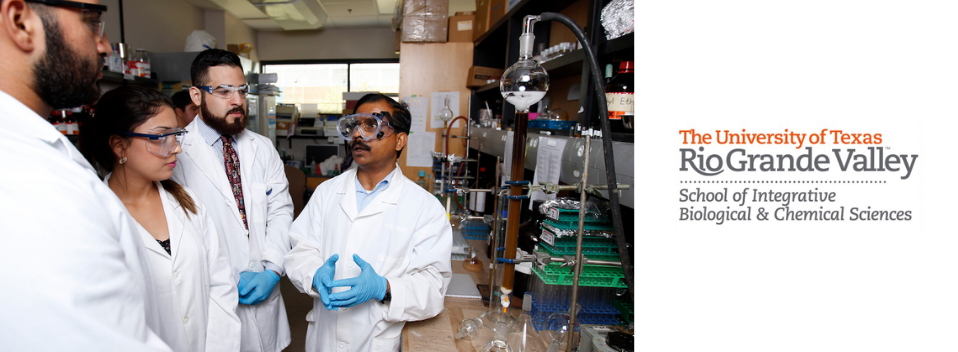
School of Integrative Biological & Chemical Sciences Faculty Publications and Presentations
Estimating economic benefits of cover cropping on carbon and nitrogen storage on organic farms
Document Type
Article
Publication Date
3-5-2025
Abstract
The benefits of cover cropping can vary significantly based on soil type, climate condition, and farm management practices. Despite extensive research on cover crop benefits, relatively few studies focus on regions with hot and dry climates. We evaluated the impact of cover crops on soil carbon and nitrogen and the associated net benefits, using data from a randomized experiment on two organic vegetable farms in the arid subtropical Rio Grande Valley of deep South Texas. Our cover crop treatments included sunn hemp, cowpea, sudangrass, and a mixture of the three. We found higher soil carbon and nitrogen additions in the second year of implementing cover crops, with greater nitrogen benefits from legumes in wetter conditions. The economic value from improved soil carbon ranged from $320 to $4,364 per hectare and from added soil nitrogen ranged from $69 to $2,047. The per-hectare cost of cover crop ranges from $387 to $539. When comparing the benefits with costs, we observed a positive return in most cases. Our results indicate the long-term rate of return from implementing cover crops in irrigated organic vegetable systems can potentially be as high as 709% for carbon sequestration and 280% for soil nitrogen enhancement.
Recommended Citation
Pandey, Subodh Raj, Xiangping Liu, Alexis Racelis, and Pushpa Soti. 2025. “Estimating Economic Benefits of Cover Cropping on Carbon and Nitrogen Storage on Organic Farms.” Agroecology and Sustainable Food Systems, March, 1–19. https://doi.org/10.1080/21683565.2025.2469071
Publication Title
Agroecology and Sustainable Food Systems
DOI
10.1080/21683565.2025.2469071


Comments
© 2025 Taylor & Francis Group, LLC.
https://www.tandfonline.com/share/AVAKNW3YRJINYZTBZQAV?target=10.1080/21683565.2025.2469071